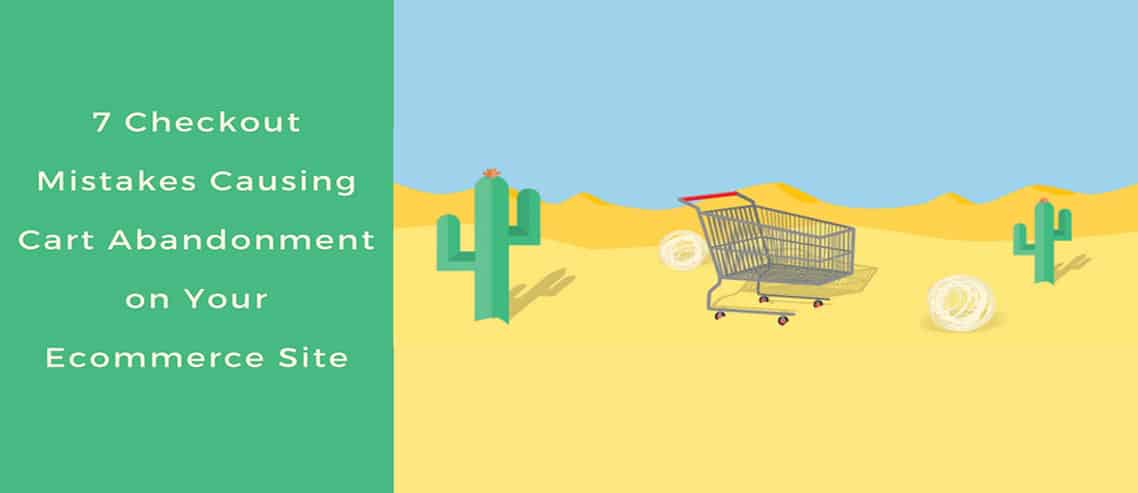The sale of counterfeit goods dates back to centuries ago and its eradication seems far from being achieved. In the e-commerce world, counterfeiting is commonplace, and online shoppers around the world run the risk of acquiring fake items every time they click the ‘Add to cart’ button.
As a seller, you have the right to protect your brand reputation and to take the necessary measures to prevent your products from being illegally replicated and marketed.
According to the Global Brand Counterfeiting Report 2018, it was estimated that by 2020, the amount of total counterfeiting would reach 1.82 Trillion USD globally. Therefore, it is critical that brands invest their efforts to safeguard their intellectual property.
We have compiled a list of practical tips that will help you make informed decisions when listing your products in some of the most popular e-commerce sites and to take proper action against unauthorized sellers.
Counterfeit listing statistics
Before we get to the bottom of this, let’s take a look at some important stats.
E-commerce is a booming industry. And as new sites emerge, it becomes very difficult to have absolute control over what it is sold on each marketplace, let alone to certify the authenticity of all the products circulating on the internet.
With thousands of e-commerce sites popping up every year, it is almost impossible to ensure that shoppers will get the real deal when acquiring a new item.
The impacts of product piracy are startling. The INTA (International Trademark Association projected that, by 2022, counterfeiting will drain US$4.2 trillion from the global economy and put 5.4 million worth of legitimate jobs at risk.
And although many e-commerce sites have put all their efforts to ensure that retailers’ trademark is protected, the measures to fight counterfeiting have not been sufficient, as stated by Jeffrey Hardy, BASCAP (Business Action to Stop Counterfeiting and Piracy) Director:
If governments hope to stabilize the economy, and stimulate economic growth and employment, they must do a better job to protect the central role that IP (intellectual property) plays in driving innovation, development, and jobs.
We believe that reliable information on the scope and impacts of counterfeiting and piracy is critical for helping policymakers better understand that the trade in fake goods is damaging their economies, threatening the health and safety of their citizens, and stifling innovation and creativity.
Jeffrey Hardy
Source: ICCWBO
Having said the above, it is wishful thinking to assume that you’ll never see faux versions of your products listed on some slippery unauthorized seller’s page. Therefore, you must take effective precautions to avoid unpleasant surprises.
How do unauthorized sellers operate?
Sadly, ‘black hat’ sellers make use of the slickest moves to get away with product piracy.
However, it is a fact that some e-commerce sites are more prone to the illegal peddling of goods due to being fairly new, a lack of trademark or intellectual property policies, or simply because they function as intermediaries, which means that shoppers are able to acquire products from manufacturers directly, rather than from the e-commerce site, which in this case, doesn’t act as a seller itself.
Host e-commerce Sites
Millions of unauthorized sellers take advantage of the convenience of listing products on host e-commerce shops that function as intermediaries or middlemen.
Why? Because these sites allow you to list your products with minimum requirements. Some of them don’t even expect you to be trademarked. They are not involved in any stage of the selling process; they won’t handle any issue related to customer service, and they don’t provide shipping services. They only serve as a showcase for your products.
And, what is the catch? Price.
Put simply, selling on these sites is cheap; therefore, buying products is cheap too. This is why illicit sellers, which obviously make millions at other brands’ expense, can afford to sell off fakes and to get away with their dishonest tactics.
Unfortunately, these unethical practices have been normalized not only by sellers but also by shoppers. And while it is true that many customers fall prey to these scam traps, many others are returning clients.
Eventually, due to the popularity that these fake listings receive, they manage to appear in the top results of these e-shops, winning a position they didn’t even deserve in the first place.
The AliExpress case
AliExpress was released in 2010, and for many years it was a center for the spread of counterfeiting.
It is worth recognizing that AliExpress took action on the counterfeiting issue by letting shoppers know when a product is legitimate. And not only that, the company is striving to improve its delivery, returns, and refund policies as well.
Here’s how AliExpress is tackling their counterfeiting problem:
Every time a shopper looks for a product, the following insignias will appear in the listing to determine its authenticity:
- Medals (good reputation)
- Diamond (very good reputation)
- Crown (excellent reputation)
These insignias are also granted based on other criteria such as:
- seniority
- selling history
- positive feedback
- product authenticity
- communication
- speed of shipping orders
If the seller doesn’t meet these criteria, the listing will appear in red.
Amazon’s stance on piracy and counterfeiting
Amazon has come a long way with counterfeiting. From multi-millionaire lawsuits to big companies like Nike and Ikea stepping out of the field to focus their investments in selling directly to their customers without the tech giant’s help.
As mentioned above, no one is immune from counterfeiting, but Amazon has invested millions in streamlining its resources to provide retailers with enough tools to protect their brand and intellectual property.
Here are some of the programs Amazon sellers use to minimize the risks of piracy and counterfeiting:
- Brand registry – This service helps you protect your intellectual property and allows you to use a vast array of advertising services and marketing tools within the platform to keep track of your performance metrics and create engaging ad campaigns.
- Fulfillment by Amazon (FBA) – Amazon takes care of fulfillment and all things related, aside from customer service.
- Brand Gating – With this invite-only service, you can ask Amazon to request an authorization letter to other sellers that try to list products similar to yours.
- Transparency by Amazon – This product tracer that allows customers to see where the product they’re looking at comes from, when and where it was manufactured, and what it’s made of.
- Amazon Vine Program – A select group of product reviewers give their opinion on a specific item and due to their strong credibility among the Amazon audience, they get to influence future customers in their shopping decisions.
What can you do to protect your brand against counterfeits?
Here’s what you should do to protect your brand, regardless of whether you decide to sell on Amazon or on any other e-commerce site:
- Trademark the name, logo, and slogan you use to brand your product.
- File your intellectual property in the countries where you plan to expand your business.
- Make sure to have a social media presence. Don’t rely solely on your e-commerce shop to advertise your products. Keep in mind that social media channels such as Instagram and Facebook add value and build customer trust.
- Personalize your packaging, labels, and barcodes if possible.
- Use trusted couriers to ship your products and keep your customers informed if, for any reason, you will ship their products with a different shipping service.
- Seek legal advice before signing any contracts with your manufacturers.
- Make your Terms and Conditions available for your customers and ensure that they are easy to find within your product page.
- Use a pricing tool to monitor prices across marketplaces and to come up with the best value for your product. This will help you sustain a competitive advantage amongst other brands.
Closing Thoughts
Battling counterfeiting is not a matter that will be resolved overnight.
However, as a seller, it is your responsibility to draw attention to this problem and to take the appropriate measures to minimize the risks of trademark infringement, piracy, or any other related issue.
counterfeiting


Its better to buy product few dollars expensive than buying from another seller as the after sales may not be at par with the reputed seller.
Agreed. Thank you, Hector!